The actions of the submarine forces of the Baltic Fleet in 1942
The 1942 campaign of the Baltic submarines fleet three echelons broke through the blockade of the Gulf of Finland, more and more strengthened by the enemy. During the year, 32 submarines went to sea, six of which made military campaigns twice. It is reliably established that as a result of their actions, the enemy lost 43 and 3 ships were seriously damaged. The data on the destruction of about 20 more ships have not been fully confirmed. This is also explained by the fact that the enemy used the ships of Denmark, Norway, France, Holland, Belgium, Poland for sea transport in the Baltic Sea, and their death was not included in the lists of losses.
In this difficult year for the Baltic submariners in the Gulf of Bothnia, the Aland Sea and on the approaches to them 13 submarines operated. From 8, U-317 and U-303 from the first echelon, which then broke through to the Baltic Sea, the tasks in this area were solved by the UH-406; from 9 submarines of the second - U-309, C-13 and "Lembit" - from 16 submarines of the third - C-7, C-9, U-308, U-304, U-307, U-305 and L-3. The activity of our submarine forces in the northern Baltic and the constant increase in their numbers were due to the high intensity of the enemy’s sea traffic here, which only from 18 of June to 31 of December made 3885 flights. According to a number of domestic studies, the boats operating there sank nine ships and damaged four. Finnish sources also cite the loss of seven and damage to four ships. There are also differences in the definition of areas and dates of their drowning.
At the same time, in these areas, there were also many military clashes between Soviet submarines and Finnish anti-submarine defense forces (warships, aviation and submarines), which were the result of the loss of stealth by our boats, insufficiently careful observation of the situation and misses during torpedo fire. In some cases, the commanders decided to surface and use the artillery systems on board. As a result of military clashes and mines of 13 submarines operating in the North Baltic, 5 were lost.
First-line boats that broke through the enemy's anti-submarine frontiers in the Gulf of Finland initially reached relatively favorable conditions - the enemy did not expect them to break through, being sure of the effectiveness of the blockade, and the torpedoing of the first ships was classified as undermining by mines. Therefore, the enemy initially did not search for and prosecute attacking Soviet submarines at all. The news of the Soviet Information Bureau from 11 on July 1942 about the successes of the Baltic submariners, which, as noted, sank over the last days of the Nazi 5 ships, convinced him to the contrary. After that, the conditions for the actions of our submarines began to deteriorate sharply.
Of the three first-tier submarines that were involved in operations in the area, the entire patrol period there was only U-303, and U-317 and U-406 only a fraction of the time. Of these submarines, U-317 under the command of Lieutenant Commander N.K. Mokhov The first transport of the enemy, Argo, out of five ships sunk by it during the combat campaign (Orion, Rain, Ada Gorton, and Otto Korda with a total capacity of 11 thousand brts) was torpedoed in the Aland Sea region. Unfortunately, Shch-317 itself did not return to the base. It was assumed that, returning from a campaign, she died in the Gulf of Finland. This is indicated, in particular, by Finnish sources, claiming that their observation posts on July 12 marked an underwater explosion at the coordinates of 59 ° 41 'N / 24 ° 06' E, and aerial reconnaissance found an oil trail there . After the bombing was carried out in this area, the ascent of pieces of wood, mattresses, etc. was observed. Point in stories U-317 delivered in the summer of 1999, the Swedish search engines, who announced that they had found this submarine resting on the seabed at the point 57 ° 52 'N / 16 ° 55' E
Submarine U-406 captain 3 rank E.Ya. Osipova initially acted at the Swedish skerries. In three attacks of the enemy ships, the crew noted explosions, but the commander did not observe their results. According to foreign sources, U-406 then sank the transport "Fides". At the same time, the schooner Hannah disappeared here. The same sources cite information about the sinking of the submarine itself by the antisubmarine forces of the enemy. But it was a mistake. On July 17, the boat received a categorical ban on attacking ships and vessels flying under any flag in the area, and u-406 was transferred to the Aland Sea. Here she twice attacked the enemy convoys, but the commander did not observe the results of her actions due to the pursuit by the enemy ships. 7 August submarine returned to base.
U-303 captain-lieutenant I.V. Travkina, acting in the area of. Ute, I did not observe the results of my attacks either, but in the third of them, as we know, the transport ship Aldebaran was seriously damaged by a displacement 7890 brt. The escort ships counterattacked the boat, unfortunately, during an urgent dive on the Shch-303, the horizontal rudders failed, the boat hit the ground and damaged the nasal tip, due to which the torpedo covers did not open. On the seventh of August the boat was also forced to return to the base.
The breakthrough of enemy anti-submarine lines in the Gulf of Finland by Soviet submarines of the 2-echelon was carried out in a more complicated situation, and actions at sea met with more powerful opposition from its PLO forces, which the enemy had increased by transferring part of the ships from the North and Norwegian Seas. In addition, the aircraft of neutral Sweden began to search for our submarines, and its naval forces to escort ships far beyond their territorial waters. Data was also reported on the use of the German ships and ships of the neutral Swedish flag in these areas.
U-309 captain 3 rank I.S. Kabo was the second after Shch-406 boat operating in the Aland Sea. Unfortunately, despite four torpedo attacks on enemy convoys, its commander could not establish the results in any case. According to foreign data, this boat 12 September was sunk transport "Bonden".
Similarly, the Lembit submarine, whose commander, Lieutenant Commander A.M., acted on the approaches to the Gulf of Bothnia. Matiyasevich, in each of the three attacks, sought to fix its results. According to foreign data, the 14 of September was heavily damaged by the Finnish transport, although after the attack, Matiyasevich observed one sinking and one burning ship from the convoy after the attack. On September 4, after an attack by a transport from another convoy (8 transports in the escort of 5 ships), he observed only 7 transports on the surface.
Of particular note is the C-13 submarine hike, Captain-Lieutenant P. Malanchenko, who for the first time entered the Gulf of Bothnia. Here, despite the fact that the war was already the second year, the enemy behaved rather carelessly. Transitions of vessels were carried out without escort, at night they often carried all the lights put in peacetime. Nevertheless, the submarine was pursued by failures, although it carried out all the attacks from a surface position. Finding 11 in September, a single transport "Hera" (1378 brt) and firing one torpedo from a distance of 5 cab, the commander missed and sank the transport only the second two torpedo salvo. The next day, the situation was almost the same, but with the transport “Jussi X” (2373 brt). True, this time the first torpedo hit and the transport was damaged, but another torpedo was needed to sink it. September 17 was even more unfortunate: all three consecutive single torpedo shots on the next single vehicle were unsuccessful, and the commander set fire to his artillery. October 30 boat suffered a failure in the attack of the enemy convoy. This was the result of operations in the northern Baltic submarines of the 2 echelon.
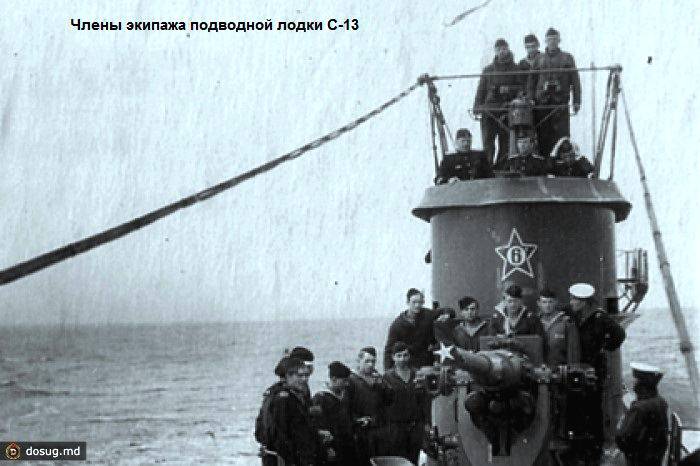
The breakout and return of the two first echelons of submarines was comparatively successful (from 17 boats the U-317 out of the Gulf of Finland and another two young M-95 and M-97 operating in the bay itself were lost), this gave rise to certain headquarters that the situation in the Gulf of Finland is assessed correctly, and the methods and methods for crossing the enemy’s obstacles are correct. However, the enemy has already identified the organization of their exit and has taken additional countermeasures, both in the Gulf of Finland and in other parts of the sea. In particular, three middle Finnish submarines “Iku-Thurso” (hero of the Finnish epic), “Vesihichi” (“Sea Devil”) and “Vetechinen” (“Sea King”) were involved in the fight with our boats, as well as two small ones: "Vesikko" ("Water") and "Saukkou (" Otter "). Medium submarines operated in the Aland Sea, small - in the Gulf of Finland. In the Aland Sea, the Finns carried out a search in the areas of detection of our boats, in the daytime they lay on the ground and were engaged in sonar observation, and at night they surfaced and walked tacks, trying to find our submarines while charging batteries.
In the third echelon of the Baltic submarines, the first 15 of September were S-9 and W-308, respectively, on the Gulf of Bothnia and on the approaches to it. Boat C-9 captain-lieutenant A.I. Mylnikova, who replaced the C-13 here, had already met the military transport organization: the ships followed in guarding the ships, a search and strike group PLO operated in the area. Attacking the first convoy of the enemy, C-9 sank the transport "Anna V", but was rammed by another ship, fortunately, only rattled the bottom of the stern of the boat. The next day, after an unsuccessful torpedo attack, she set fire to the Mittel Meer transport with artillery, and only the accident that occurred two days later caused her to return to the base ahead of schedule.
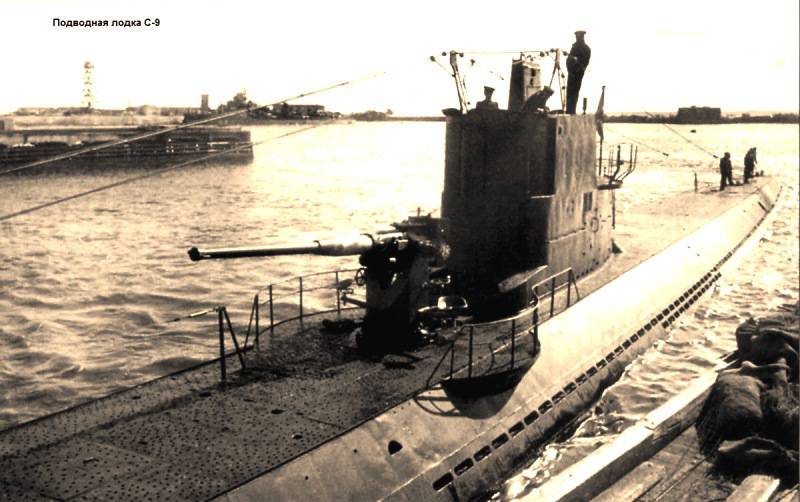
Submarine U-308 captain-lieutenant L.N. Kostyleva only a month after the occupation of the district reported on victory and sinking in the area of Fr. Ute three enemy transports, saying that it has damage to the durable hull. Foreign sources confirm the sinking of the Hernum transport (1467 brt) and, moreover, report that on October 26 at nightfall, when U-308 floated to the surface, on the way to the Cerda-Kvarken strait at 62 ° 00'sev N / 19 ° 32'Eaft it was discovered and sank by torpedoes Finnish submarine "Iku-Thurso". True, Finnish sources mistakenly believe that this was the submarine u u-320, which died earlier on mines in the Gulf of Finland.
U-307 captain 3 rank N.O. Momot 23 September went into combat campaign. On the second of October in the Aland Sea, in her first attack of an enemy convoy, she fired two torpedoes, the explosion of which was heard by the entire crew, but the counterattack of enemy ships did not allow the commander to establish the results of the shooting. October 11 during the attack of other vehicles was missed, and the explosion of the first depth bomb was mistaken for a torpedo explosion. On October 21, the enemy evaded a salvo fired at the third torpedo detected by the convoy, and only when attacking the fourth convoy U-307 sank the transport "Betty X" (2477 brt). From October 11 the boat was intensely searching for the Finnish submarine "Iku-Thurso". She found U-16 U-307 three times during 27 days and attacked her with torpedoes and artillery, but did not achieve success, although she believed that she sank our October 1 boat. November 307 U-XNUMX returned to base.
The C-7 and Shch-305 submarines on their last trip to the Gulf of Bothnia and the Aland Sea went out simultaneously on October 17. C-7 Captain-Lieutenant S.P. Lisin, making his second military campaign in that year, went to replace the C-9 submarine and was the third boat to conduct military operations in the Gulf of Bothnia. 21 October with the onset of the dark time of day it surfaced and on the course 320 ° and the speed of 12 nodes began charging the battery. At about the same time west of Fr. Legsker, the Finnish submarine Vesikhiisi, which was carrying out its search, stopped the diesel engine and, in order to create better conditions, its GAS switched over to movement under electric motors. In 19 h 26 min she found a Soviet boat on 190 ° bearing at a distance of 8 km and 17,5 ° in a combat course 248 ° from a distance of 3 km made a two-torpedo salvo. After another 3,5 minutes, two successive explosions crashed over the sea, and C-7, breaking in half, sank. The navigator of the Finnish submarine noted the coordinates of her death: 59 ° 50'sev.sh./19 ° 42'East, sea depth 71 m.
All those who stood on the bridge of our boat, threw a blast into the sea. Shturman M.T. Khrustalev drowned, and the commander S.P. Lisin, A.K. Olenin, commander V.S. Subbotin and bilge VI Marten were captured. They, contused by the explosion, were taken aboard the Vesihisi and taken to Mariehamn. They courageously endured captivity, and when Finland announced its withdrawal from the war in 1944, they returned to their homeland. Perhaps some readers who are guided by modern liberal-democratic "historians" will be surprised, but they are not even "wiped into camp dust." Subsequently, Lisin and Olenin continued their service in the underwater, and Subbotin and Kunita retired. Lisin commanded a submarine division on the Pacific Fleet, participated in the war with Japan, he was awarded the star of the Hero of the Soviet Union (!).
Boat U-305 (commander captain 3 rank DM Sazonov) 5 November was discovered by the Finnish submarine "Vetehinen" also during the replenishment of energy reserves on the course 110 ° and the course of 8 nodes. Focusing on the work of our submarine diesel engines, the Finnish submarine became close to her and in 22 h 50 min found U-305 in 230 ° bearing at 1,7 km distance. Five minutes later, the Finnish commander from a distance less than 2 cab made a two-torpedo salvo and simultaneously opened fire from a cannon. However, the torpedoes passed by. Then he decided to ram our submarine and after a couple of minutes he struck her with a blow to the port side with a bow. The blow caused severe damage to our submarine and U-305 quickly sank. This happened at point 80 ° 09 'N / N / 19 ° 11' E The "Veteive" itself after the collision was repaired for a long time.
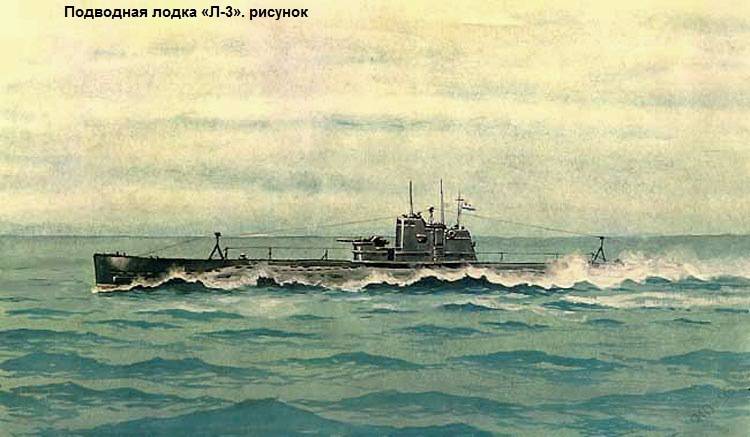
The last submarines that operated in the 1942 year in the northern Baltic were the 27 of October U-304 and L-3. Each made their second trip in a year. From Shch-304 captain 3 rank Ya.P. Afanasyev not a single report was received. She was believed to have perished during the crossing of the Gogland position, but foreign sources suggest that she acted on the approaches to the Gulf of Bothnia until the first days of December. So, on November 13, a Finnish minzag in the area three times shied away from single submarine torpedoes. The fourth passed under the keel of the ship, but it did not explode on his happiness. November 17 submarine torpedoes here were damaged two ships from the convoy. There is evidence that in the beginning of December, the presence of a Soviet boat was noted in this area. In 2004, U-304, which lies at the bottom, divers of the Finnish Navy were discovered and identified. The submarine died on a mine in the northern part of the Nashorn barrier.
PL L-3 captain 2 rank PD Gryshchenko, according to the plan of the campaign, in the area of Ute put up a mine can on which in early November the transport ship Hindenburg was detonated and sank with a displacement of 7880 brt. On November 5, she departed to the southern areas of the Baltic, where she also destroyed 4 ships and one enemy submarine on the mines she set.
In 1943, our boats from the Gulf of Finland to the Baltic failed to break through, and in 1944, due to the withdrawal of the Finnish war, the tasks for operations in the northern Baltic were not set before them. Thus, the 1942 year was the most tragic for the submarine forces of the Baltic Fleet, during which the 12 of our submarines was lost. In addition to the three submarines that were killed during the actions of the 1-th and 2-th forces, as well as the U-405 captain 3 rank IV Grachev, who died on the crossing from Kronstadt to Lavensaari, 3 submarines were killed from the 8-echelon. These are: C-7, U-302, U-304, U-305, U-306, U-308, U-311 and U-320.
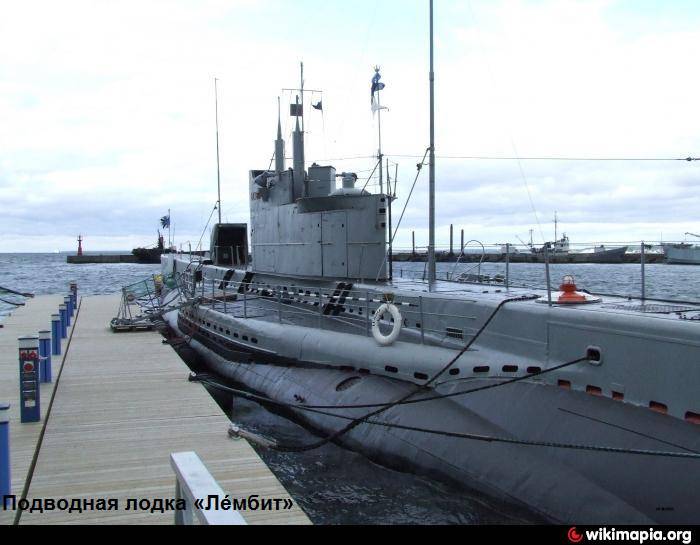
Sources:
Yemelyanov L. Soviet submarines in the Great Patriotic War. M .: Voenizdat, 1981. With 48-67.
Morozov M. Submarines of the Soviet Navy in the Great Patriotic War 1941-1945 Chronicle of military campaigns. Part of 1. Red Banner Baltic Fleet. M .: Polygon, 2003. C. 3-94.
Russin Y. 1942 Northern Baltic. // Sea collection. 1991. No.12. C. 24-28
Chirva E. Submarine war in the Baltic. 1939-1945.M .: Yauza, Eksmo, 2009. C. 18-34, 127-146.
Zolotarev V. Kozlov I. Three Centuries of the Russian Navy. 1941 – 1945 - SPb .: OOO Polygon Publishing House, 2005. C.112-119
- Technical engineer
- The actions of the submarine forces of the Black Sea Fleet in the first period of the war .
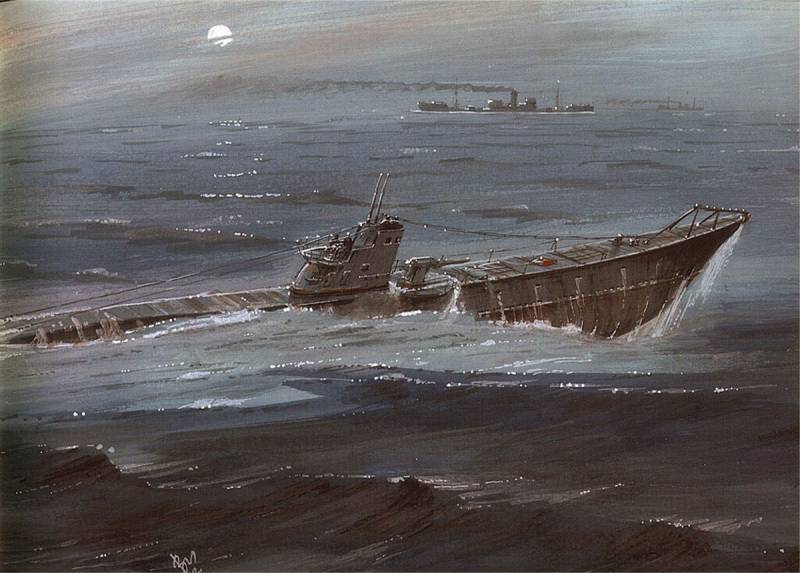
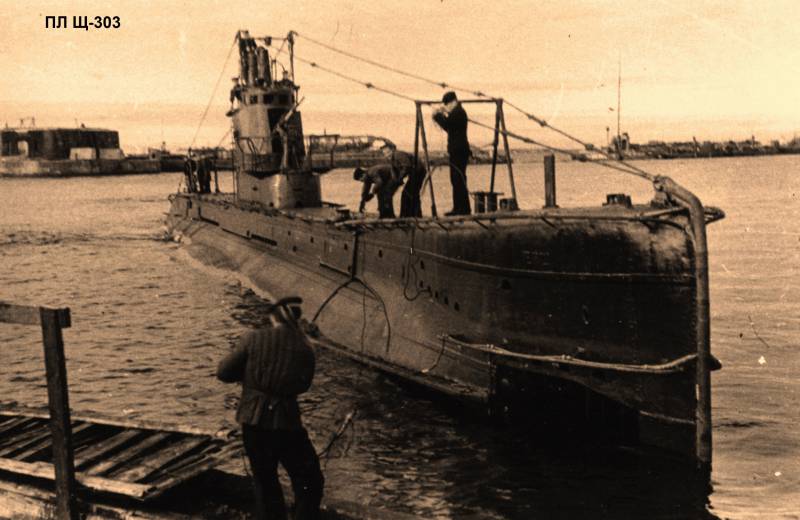
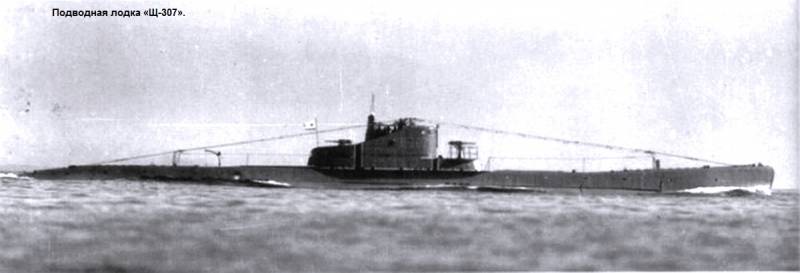
Information